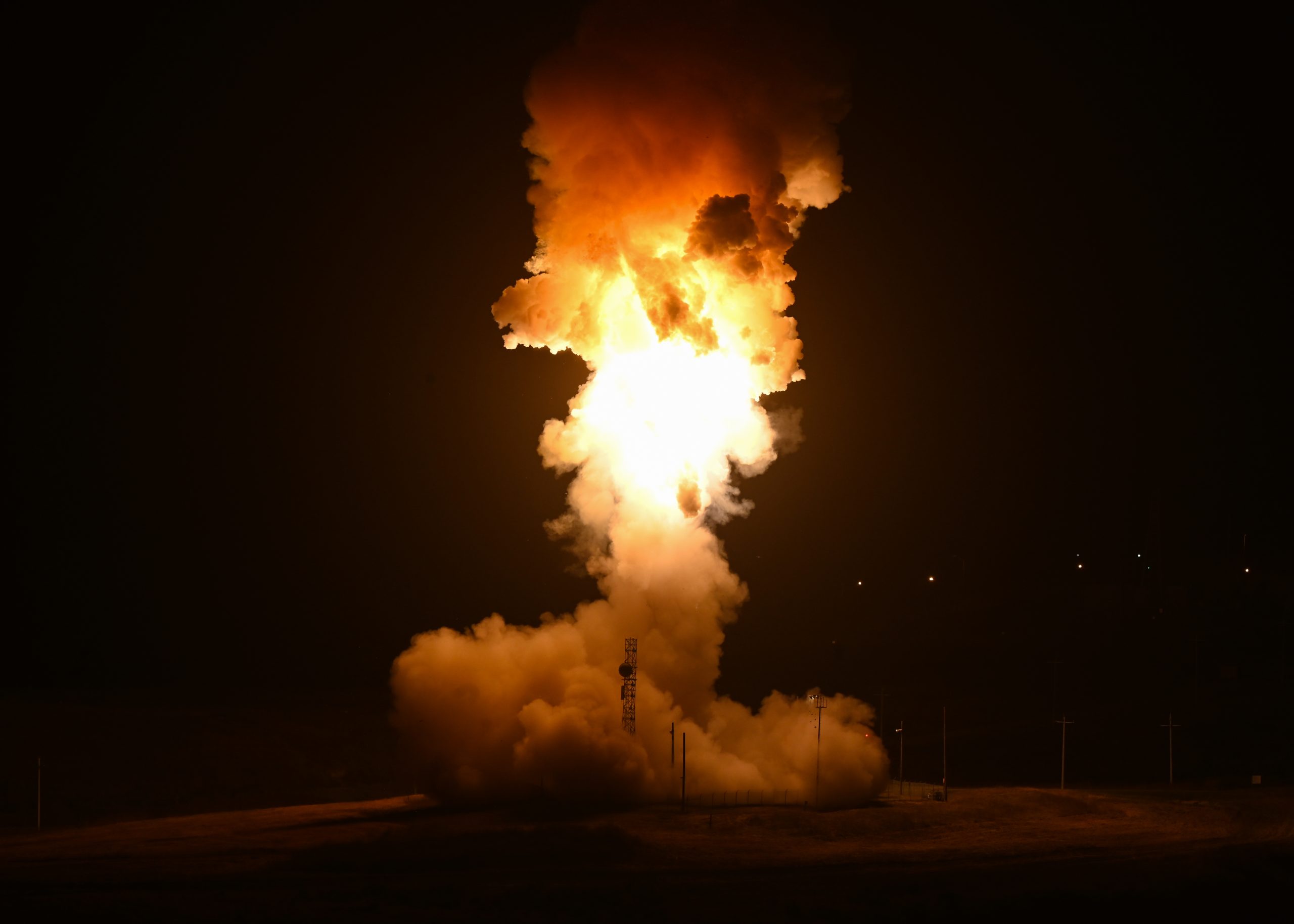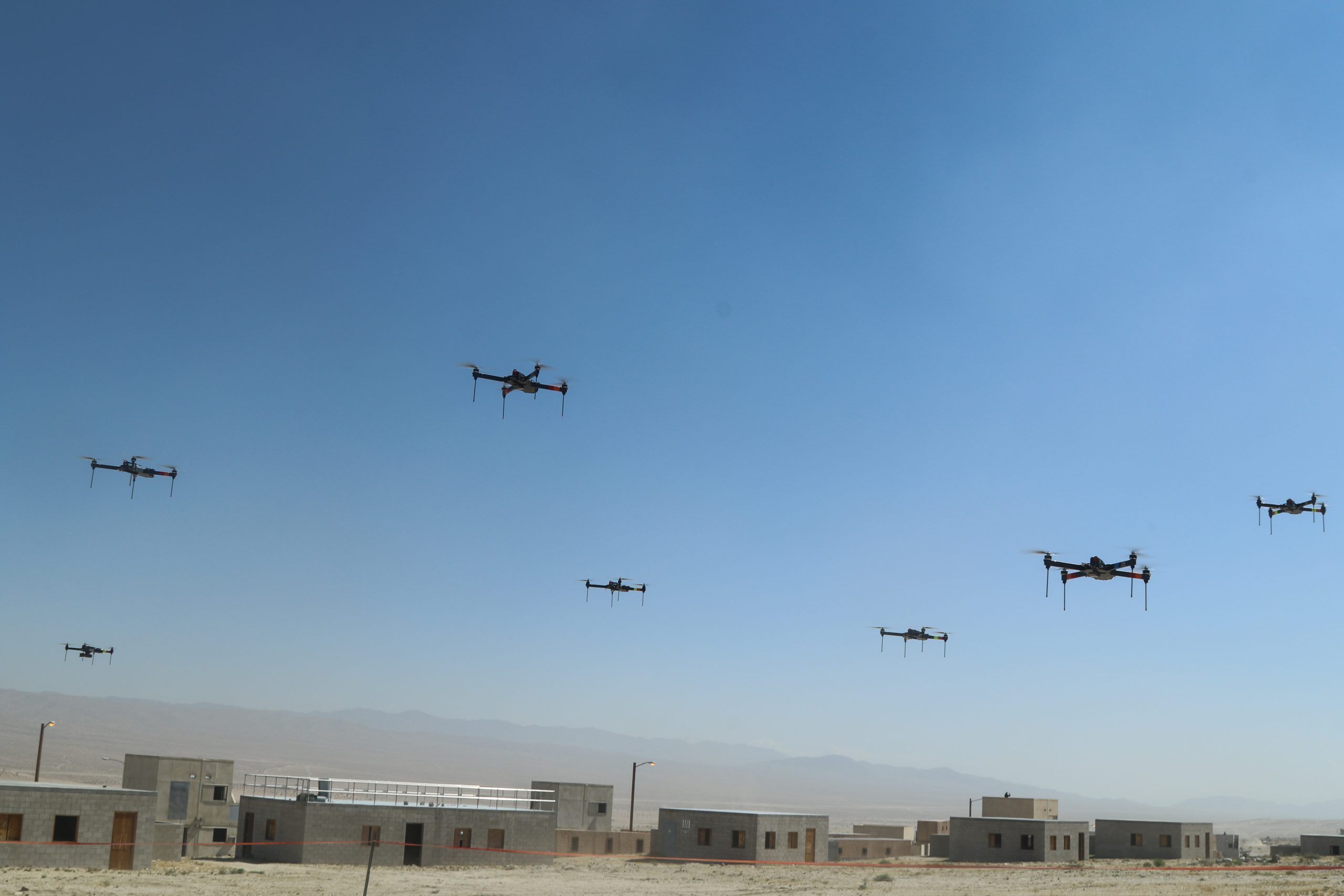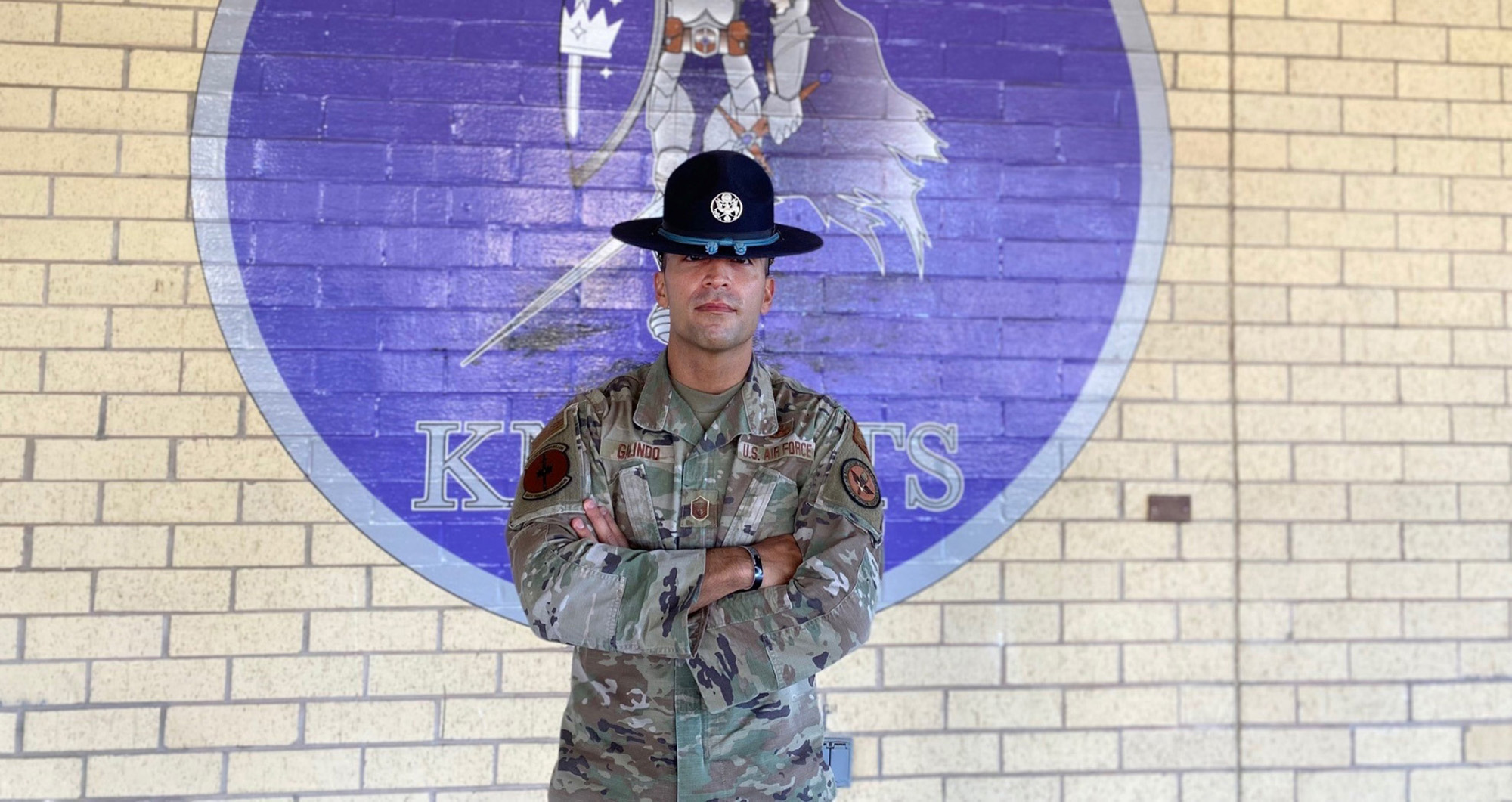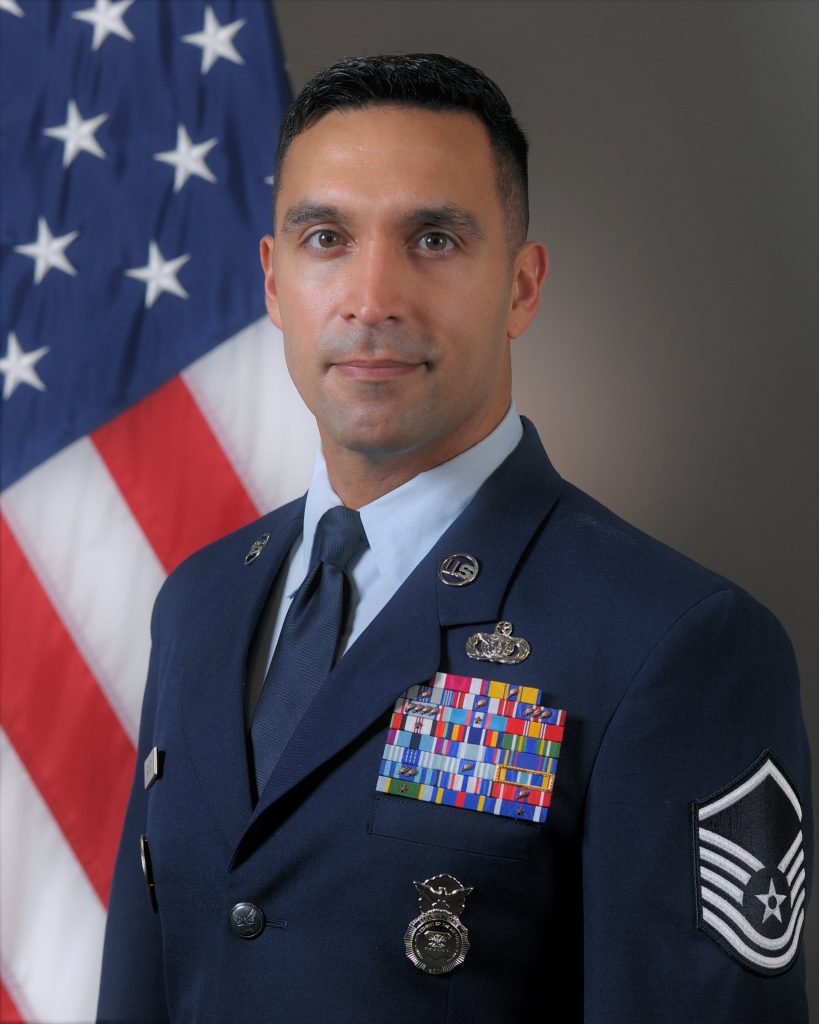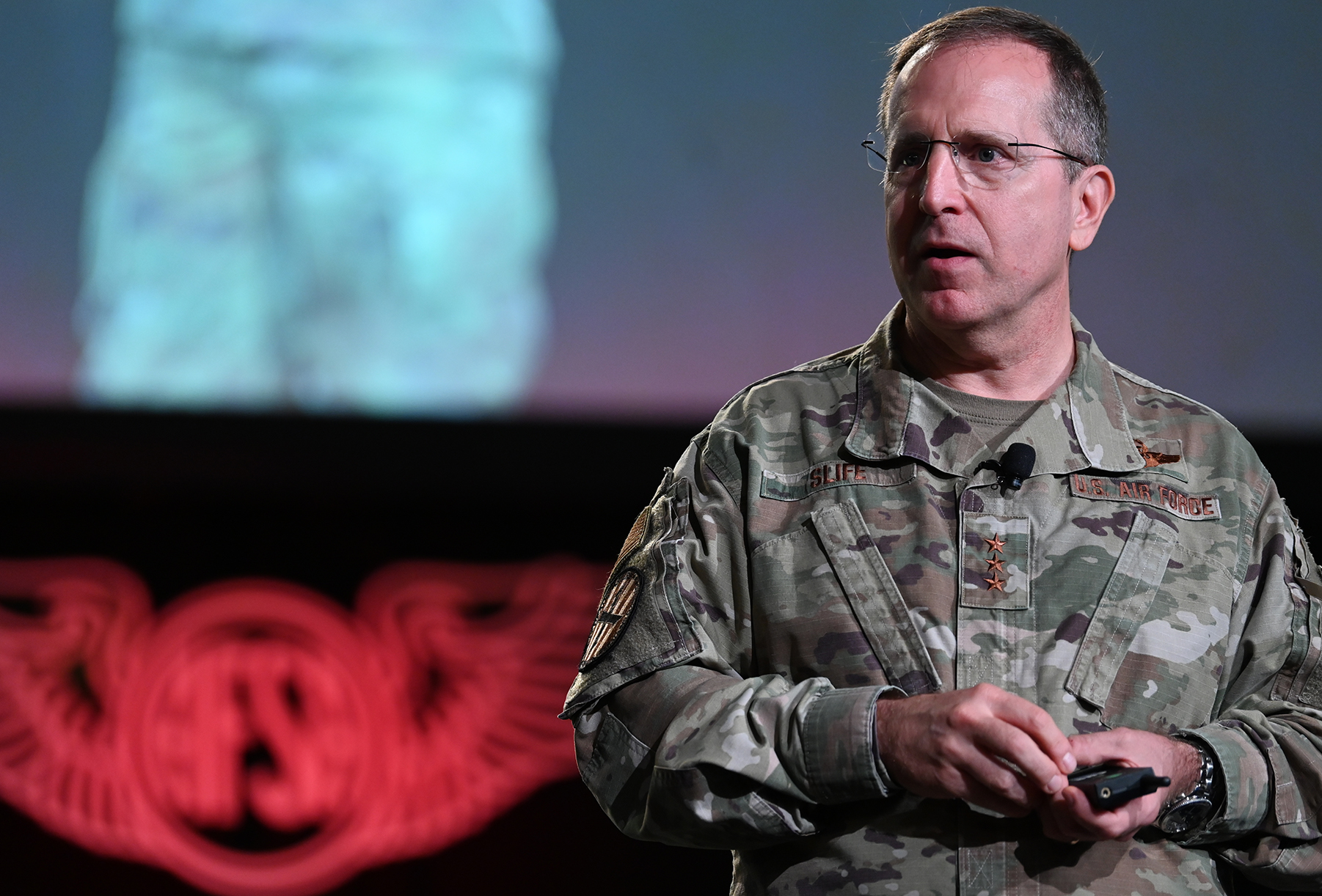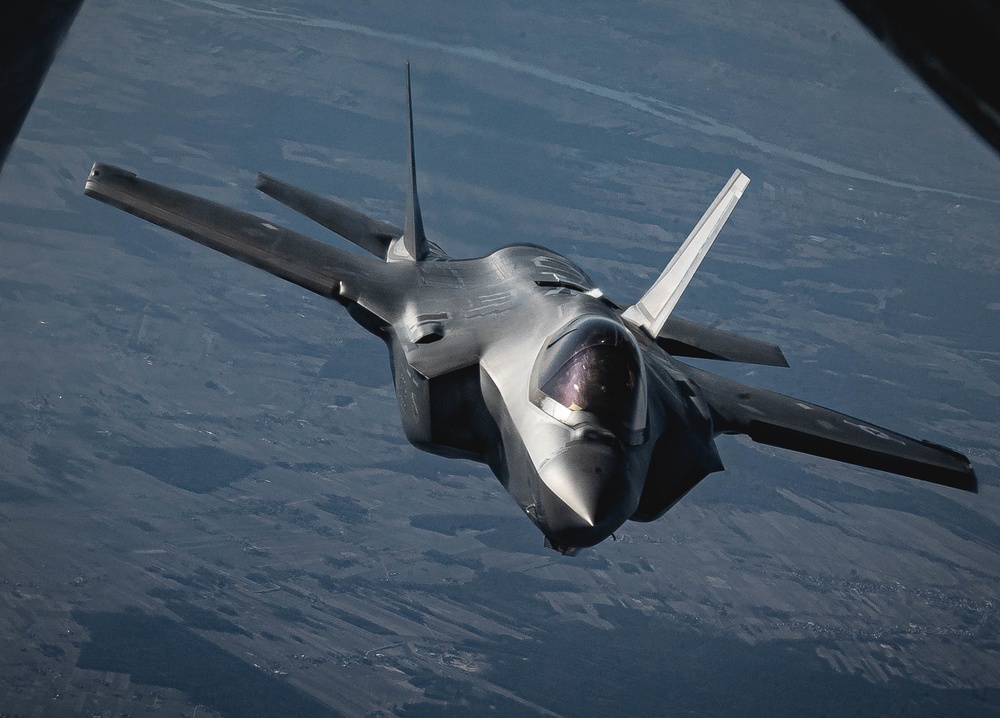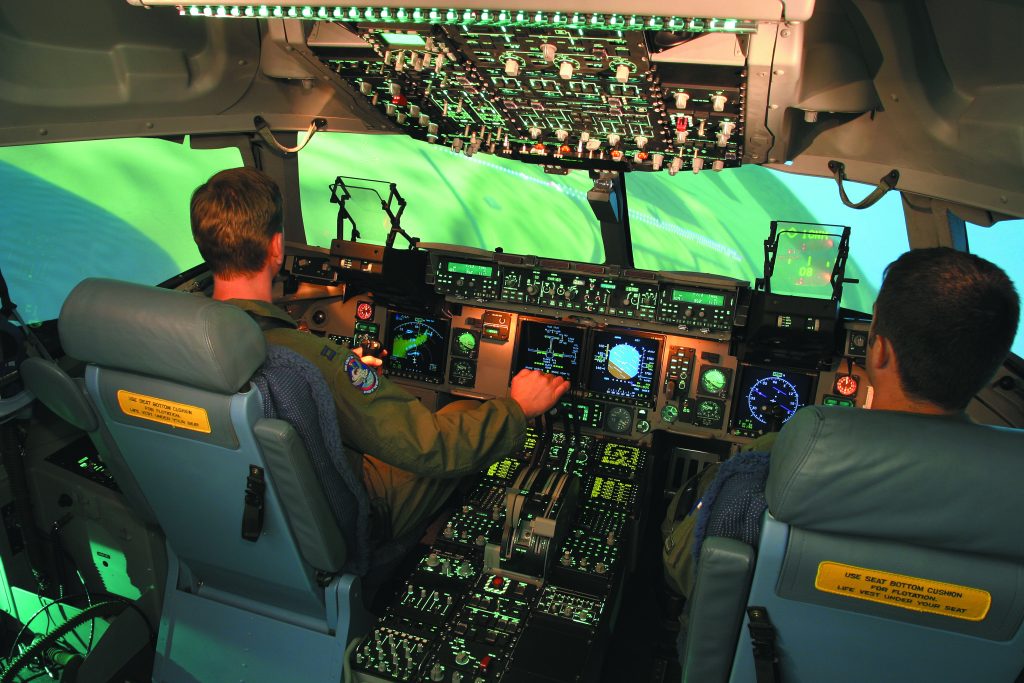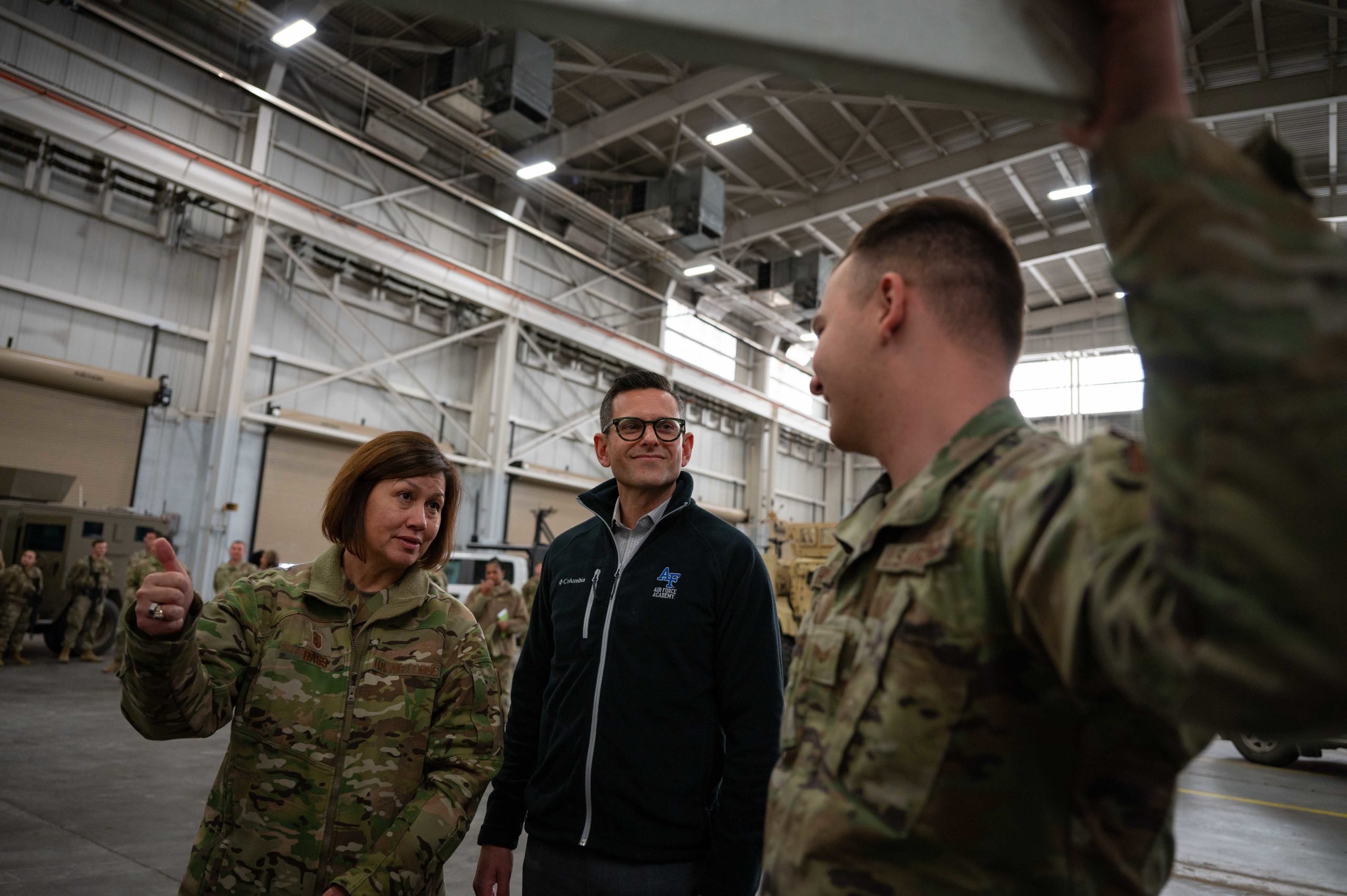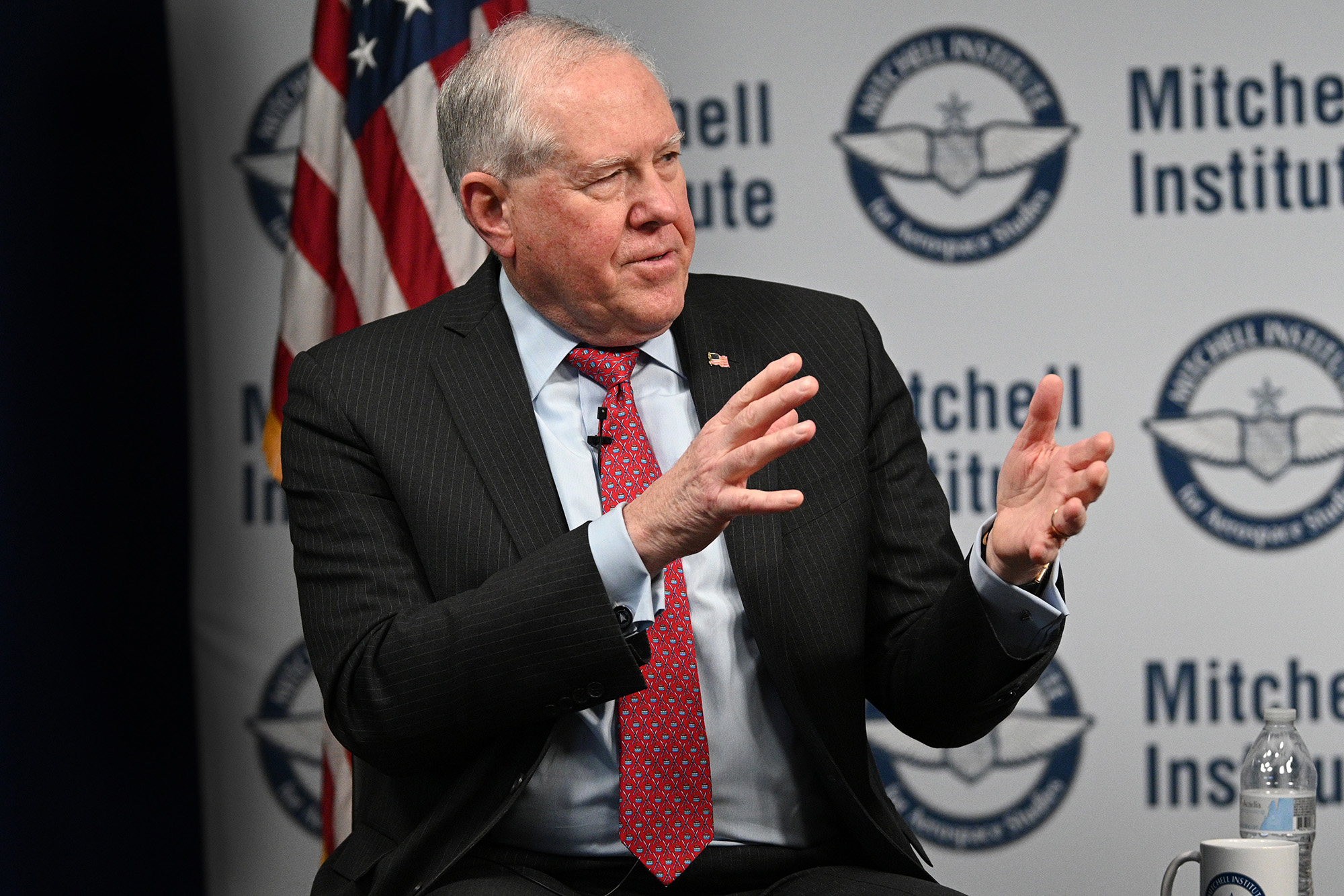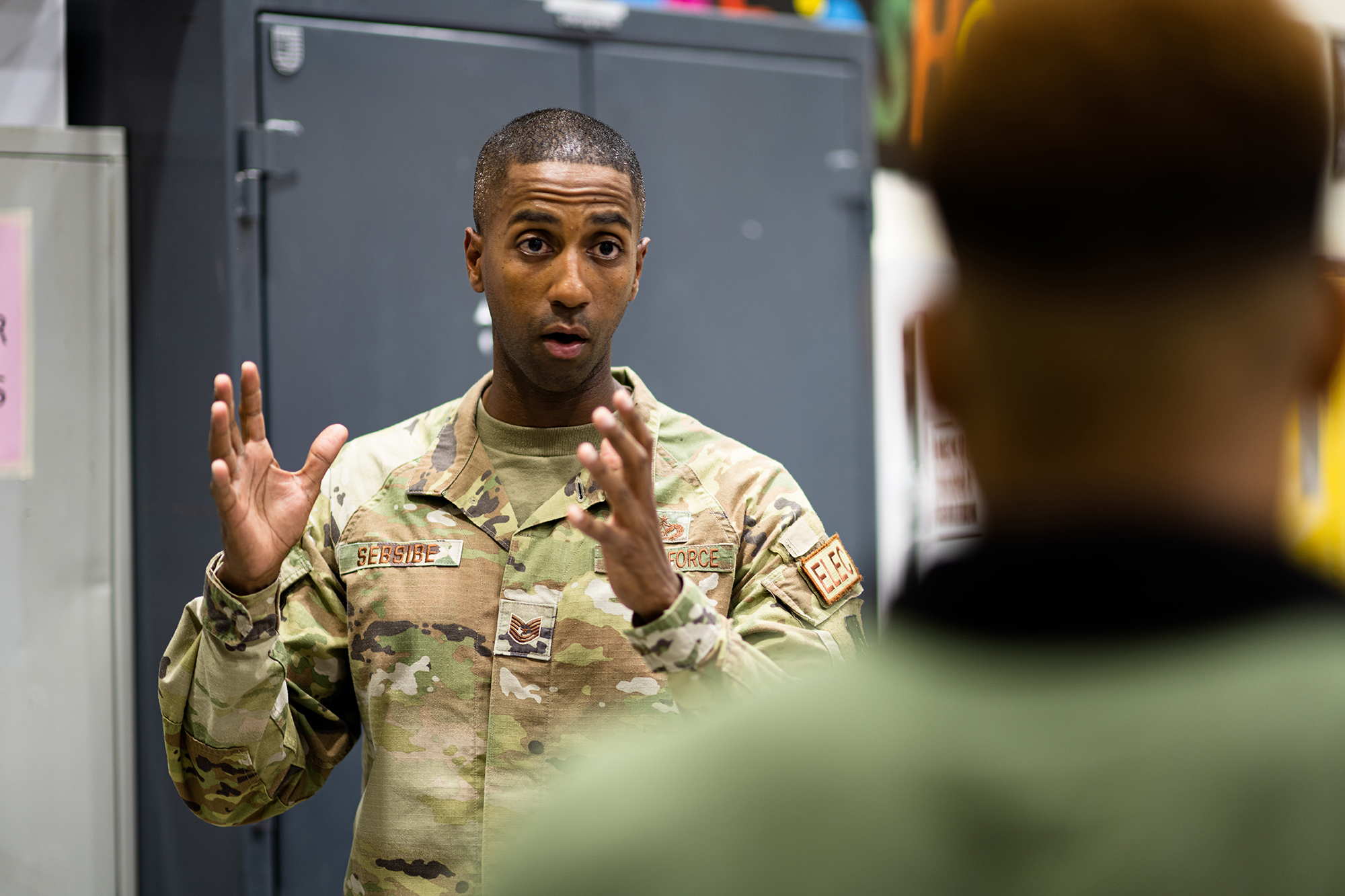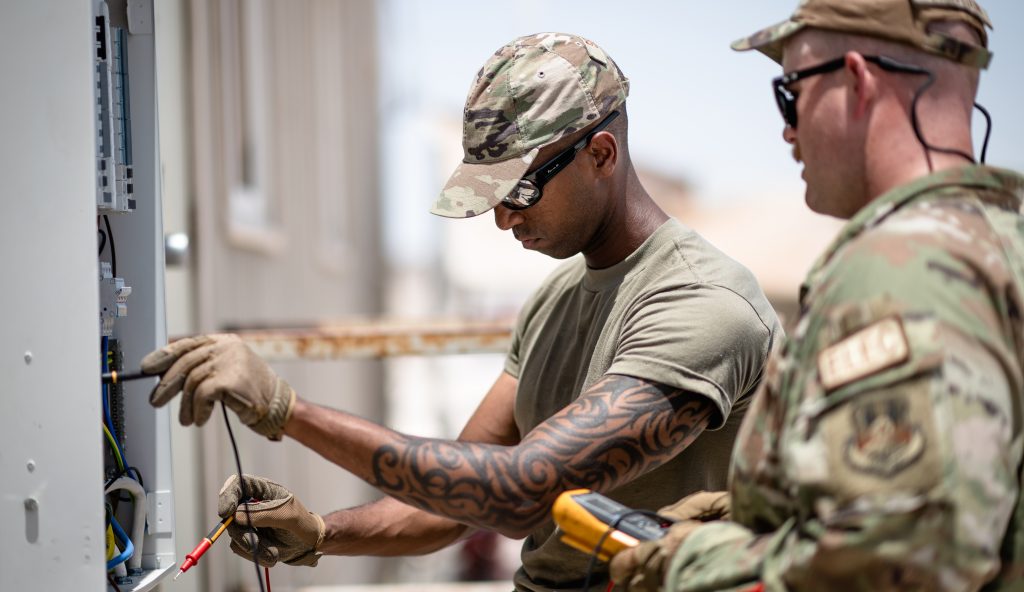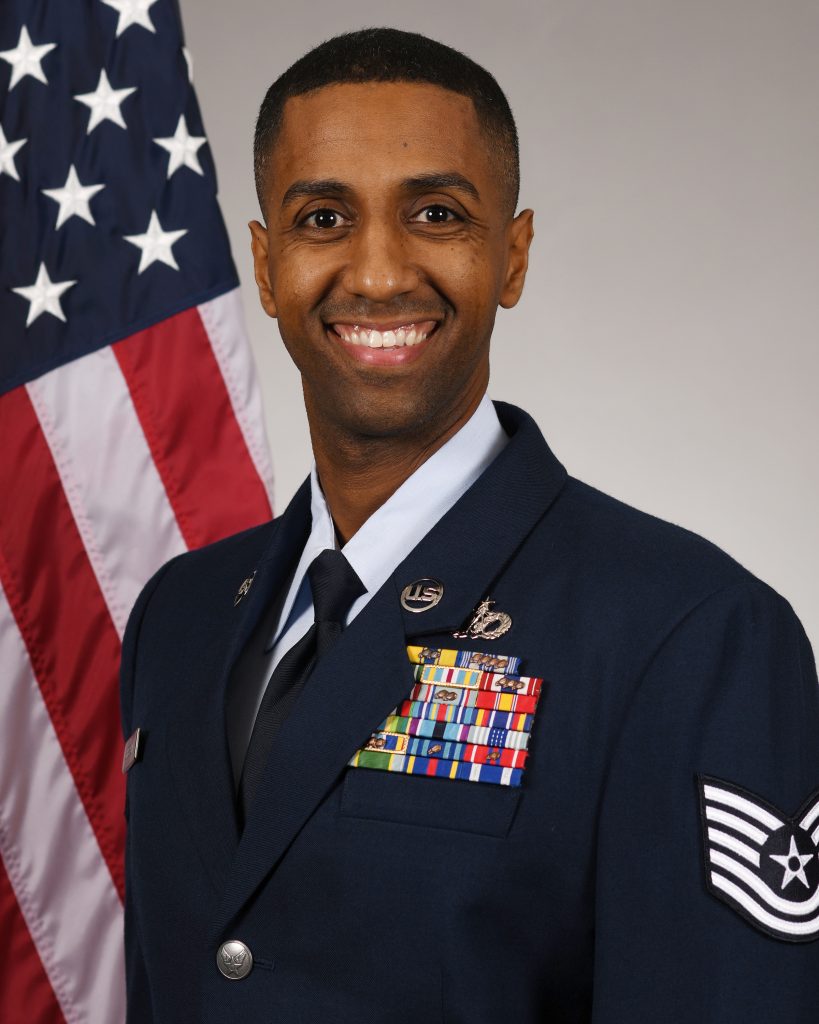Airmen and Guardians joined forces to conduct an unarmed intercontinental ballistic missile test launch at Vandenberg Space Force Base, Calif., early Sept. 6.
Air Force Global Strike Command Airmen and 30th Space Launch Delta Guardians launched the Minuteman III, equipped with three test re-entry vehicles, at 1:26 a.m. Pacific Time. The ICBM’s reentry vehicle journeyed about 4,200 miles to reach the Kwajalein Atoll, located in the Marshall Islands in the central Pacific Ocean.
“Test launches validate our deterrence capabilities to the American public and to our allies,” Gen. Thomas A. Bussiere, head of AFGSC, said in a statement.
This is the third ICBM test launch from Vandenberg Space Force Base this year, following launches on Apr. 19. and Feb 9. A fourth is scheduled for November this year, a spokesperson of Air Force Global Strike Command told Air and Space Forces Magazine. That would double the number of tests the command held in 2022.
These tests, as part of routine and periodic activities, verify the accuracy and reliability of the ICBM weapon system, providing valuable data to ensure a continued safe, secure, and effective nuclear deterrent, according to the statement. Officials regularly stress that they are not in response to current world events.
Still, Col. Chris Cruise, 377th Test and Evaluation Group Commander, said this test launch sends a “visible message of deterrence on behalf of our joint forces and global partners.”
Brig. Gen. Patrick S. Ryder said at a press briefing on Sep. 5 that the Russian government was notified in advance of the test launch. Under the Ballistic Missile Launch Notification Agreement signed in 1988, the U.S. and Russia agreed to give each other 24 hours’ notice before testing ICBMs.
In March, the Biden administration announced its decision to cease sharing biannual nuclear weapons data with Russia. The action followed Moscow’s suspension of participation in the New START treaty in February. The treaty, which came into effect in 2011, permitted inspections of weapons sites and the exchange of information concerning the placement and test launches of of intercontinental and submarine-based ballistic missiles.
Earlier this month, the head of Russia’s Roscosmos space agency revealed the deployment of an advanced ICBM system, Samrat. The head of the agency, Yuri Borisov, also confirmed the missiles have been placed on “active combat duty.” These silo-based missiles, colloquially known as ‘Satan 2,’ possess the capacity to carry multiple nuclear warheads and are designed to replace the R-36 ICBMs, which were designated as SS-18 ‘Satan’ by NATO.
The Minuteman III has been in operation since 1970, and boasts extended range, rapid retargeting capabilities, and the capability to deliver up to three reentry vehicles to different targets with high accuracy. Notably, it is the sole remaining U.S. land-based ICBM as the Air Force works to replace it with the LGM-35 Sentinel.
